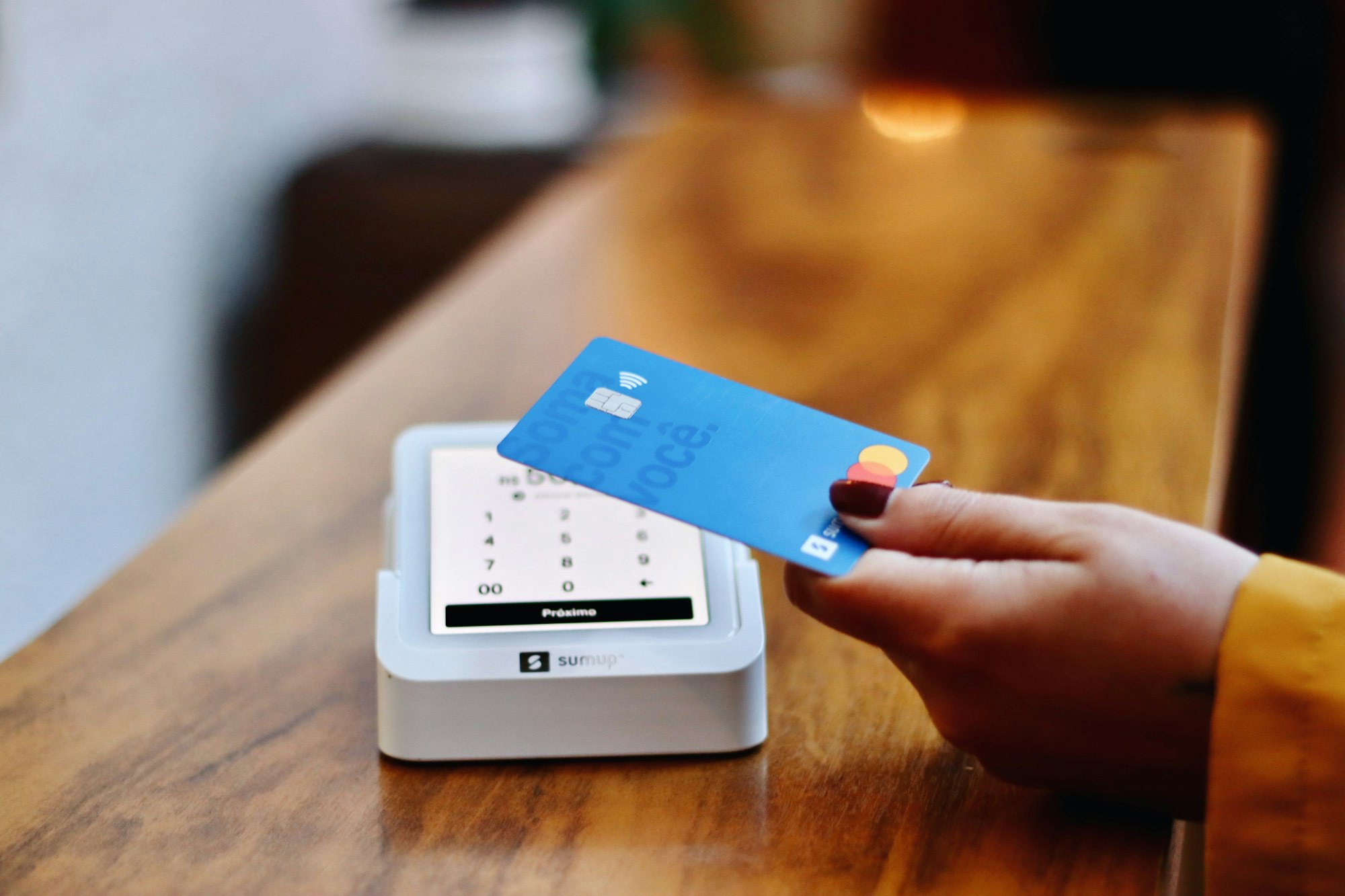Once a loyalty program is launched, the work is far from over. It's imperative to continuously refine the program to ensure that you're maximizing the return on your invested time and resources. A loyalty program should not be viewed as a static entity but rather as a dynamic element that evolves to meet the changing needs and desires of your clients.
Conversion Rate Optimization (CRO) and the related tools play a pivotal role in this optimization process.
These tools generate valuable insights into customer behavior, allowing companies to fine-tune their loyalty programs effectively. By understanding what motivates your customers, you can tailor your rewards and benefits to enhance customer engagement, foster loyalty, and ultimately, drive increased revenue. In essence, refining your loyalty program using CRO tools is not just beneficial—it's crucial to optimizing ROI.
Let's take a look at a few specific ways you can use CRO to improve engagement with your loyalty offers.
Filtering and segmentation for improved program effectiveness
One of the benefits of using CRO tools like Lucky Orange to optimize loyalty programs is the ability to analyze customer data based on specific parameters like demographics, browsing behavior, or which campaign drove them to your site.
To run a comprehensive website optimization effort, you'll want to identify key audience segments that include people who've yet to commit to your loyalty program—in addition to those already involved.
Common segments we typically see for teams running loyalty programs on their sites include:
- New Visitors: This segment includes individuals who have visited your site for the first time. A well-strategized loyalty program can turn these new visitors into repeat customers.
- Repeat Customers: These are customers who have made more than one purchase. They are prime candidates for loyalty programs as they have already demonstrated an interest in your products or services.
- Lapsed Customers: This segment includes customers who have not made a purchase for a prolonged period. An effective loyalty program can incentivize these customers to re-engage with your brand.
- High-value Customers: These are customers who make frequent purchases or spend large amounts. Loyalty programs for these customers should focus on benefits and rewards that recognize their high-value status, incentivizing continued loyalty.
- Cart Abandoners: This group comprises visitors who add items to their cart but do not complete the purchase. They show a clear intent to buy, and a well-devised loyalty program can help convert these potential customers into successful transactions.

UTM Parameters and efficient tracking of customer behavior
UTM parameters, or Urchin Tracking Module parameters, are simple codes that you can attach to a custom URL to track a source, medium, and campaign name. When it comes to optimizing marketing efforts around a loyalty program, these parameters can be extremely powerful.
By attaching UTM parameters to the URLs of your loyalty program promotions, you can track where your traffic is coming from, identify which campaigns are driving the most engagement, and which source is the most effective for your loyalty program conversions.
For instance, if you send an email blast to your customers about an update to your loyalty program, by using UTM parameters, you can track how many customers visited your loyalty page through that email, and how many of them engaged with the program. This can help you understand the effectiveness of your communication and refine your messaging for better engagement.

Moreover, UTM parameters also assist in A/B testing different approaches to your loyalty program. By using different parameters for different variations of a campaign, you can determine which variations resonate best with your audience.
Website heatmaps for loyalty programs
Website heatmaps are a powerful digital analytics tool that visually represents user behavior on a website.
Heatmaps display user behavior by highlighting the areas of your site that draw the most attention. For instance, they can show you where users click the most, how far they scroll, or which parts of a page they tend to ignore. The 'hotter' or 'warmer' the color, the higher the level of user engagement in that specific area of the site.

When it comes to optimizing loyalty programs, heatmaps can be instrumental. They reveal how users interact with your loyalty program's sign up page, what elements they click on, and even where they hover their mouse. This understanding can help you identify areas of friction or confusion that may be hindering conversion.
For example, if a heatmap shows that users frequently click on a certain area of the loyalty program page, you might consider placing your most attractive offers there to drive engagement. Conversely, if there's an area where users rarely interact, this could indicate a need for design changes or improved content.
Session recordings to optimize your loyalty program
Session recordings are a powerful tool for understanding user behavior and motivations. These recordings capture user interactions with your site in real-time, providing a detailed view of their navigation, clicks and scrolls, forms completed, chat sessions, and more.
When analyzing session recordings of users who are already a part of your loyalty program, pay close attention to how they interact with loyalty offers. Identify which aspects of the program entice engagement, and which might be causing confusion or hindrance.

- Are they able to easily access their loyalty account?
- Do they interact with personalized offers?
- How does their behavior differ from your expectations or the intended user journey?
On the other hand, session recordings of visitors who aren't part of your loyalty program can show you barriers to joining. Perhaps they aren't aware of the program, or they encounter friction points during the sign-up process.
By watching how they navigate your website and where they spend their time, you can glean insights about what offers might entice them to join, and where to place these within your site for maximum visibility.

Gathering customer feedback for insights
When designing an on-site survey for your loyalty program, consider asking questions that uncover the overall customer experience.
- On a scale of 1-10, how would you rate your satisfaction with our loyalty program?
- What is your favorite aspect of our loyalty program?
For segmentation purposes, consider demographic and behavioral questions to better tailor your program. For instance, ask questions about their shopping habits.
- How often do you shop with us?
- In which age group do you fall?
In essence, through careful application of well-crafted surveys, you can gain valuable insights into how to refine your loyalty program, ensure it resonates with its members, and attract more customers to join. Feedback from customers is a treasure trove of insights; use it wisely to enhance your loyalty program and boost its effectiveness.

Using CRO tools to optimize loyalty programs
In sum, heatmaps, session recordings, and surveys are potent tools that can radically optimize your loyalty program. These methodologies offer unparalleled insights into customer behavior, preferences, and barriers, enabling you to make informed, data-driven decisions that will enhance the effectiveness of your program.
Not only will these tools allow you to provide a stellar, personalized experience for your current members, but they will also aid you in crafting enticing offers that will convert visitors into loyal members.
Sean McCarthy is the Director of Brand and Content at Lucky Orange, a leading CRO toolkit serving over 400,000 websites around the world. He helps businesses of all sizes better understand the role of a great website in the customer journey.









